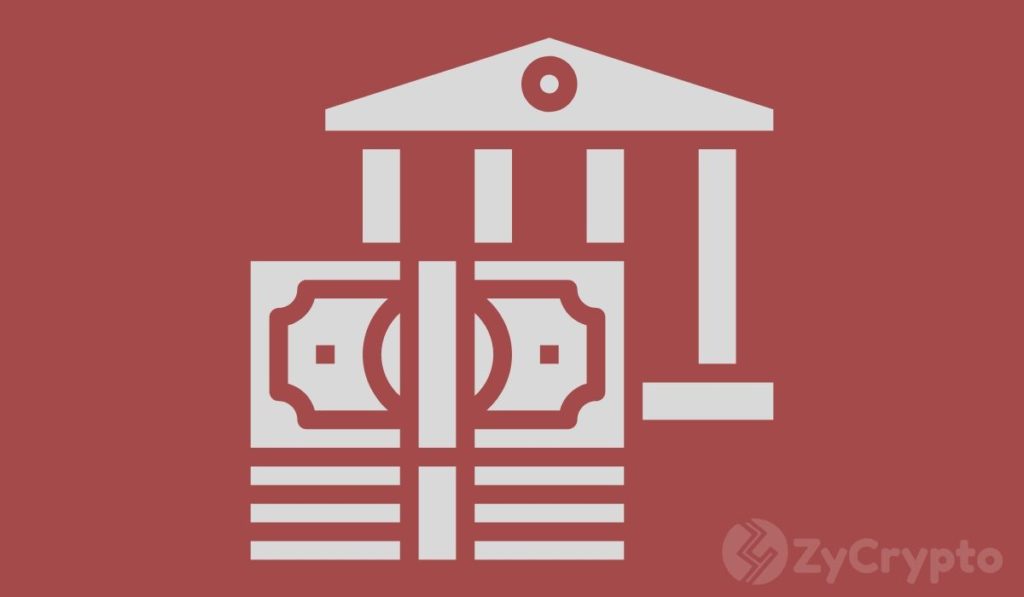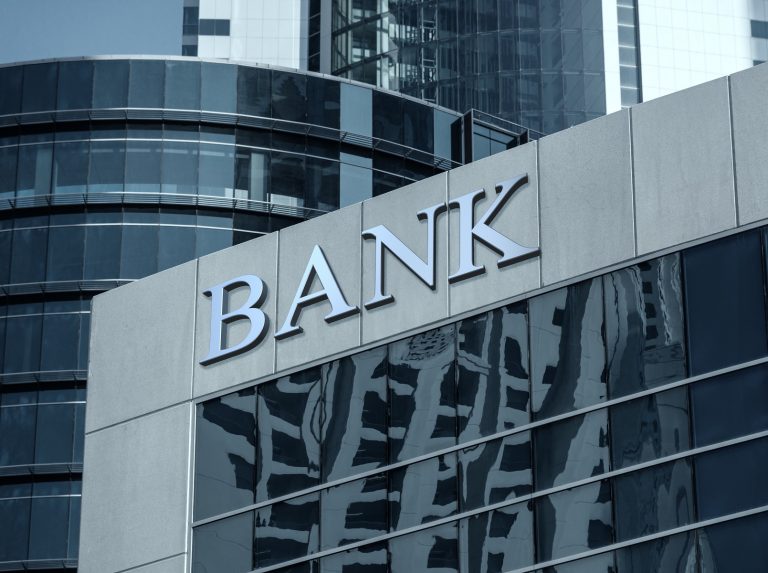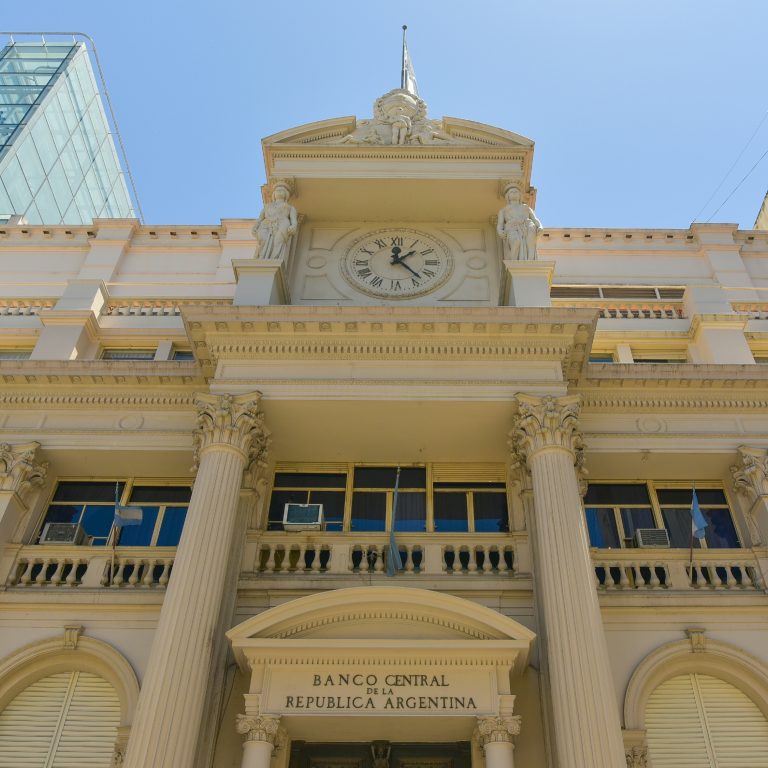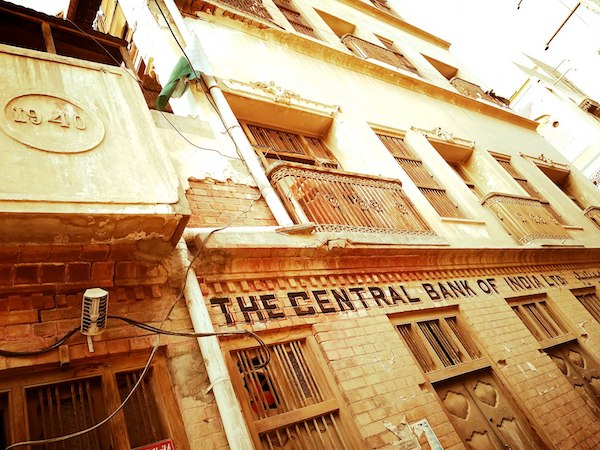
2019-4-6 12:00 |
A central bank digital currency (CBDC) would see central banks distribute digital money which could be redeemed for their respective domestic fiat currencies. In the case of an American CBDC, this would be the US dollar or in Russia, this would be a “Cryptoruble.” These digital currencies would be maintained on any number of blockchain networks and propose a handful of different advantages.
To get a better idea of the current state of research in this specific field, the World Economic Forum (WEF) prepared a March 2019 report that asks, how are central banks exploring blockchain today?
Canada, England, Singapore, and France Leading the RaceDespite central banks historically being risk-averse, a number of different nations have contributed numerous white papers, reports, and investigations into how blockchain technology could improve their operations. In a cursory report from the Bank of International Settlements (BIS), researchers Christian Barontini and Henry Holden wrote that:
“A survey of central banks shows that a majority are collaboratively looking at the implications of a central bank digital currency.”
The Bank of England, for instance, has been developing research since 2014 starting with two seminal papers.
In their work “the economics of digital currencies,” a group of British researchers concluded that the incentives models at that time were the greatest impediment to widespread adoption. In a companion piece, the Bank of England described the ways in which digital currencies differ from traditional monetary schemes and wrote broadly about the technology’s advantages. Both documents indicate an early and unwavering interest in the possibilities behind cryptocurrencies and distributed ledger technology.
Related: Global Banking Standard Setter Admits Bitcoin and Crypto are a Risk to BanksIn November 2018, the central banks from England, Canada and Singapore teamed up to write one of the first large scale reports on how digital currencies could improve cross-border interbank payments and settlements. The trio determined that “cross-border payments and settlements have not kept pace with advances in domestic payments and continue to be based on the correspondent banking model, which has not evolved materially over the decades.”
With such little change in the finance sector, a series of different CBDC pilots have emerged that explore the above-mentioned subject among others. Typically, these pilots have been launched on Linux Foundation’s Hyperledger Fabric, R3’s Corda, J.P. Morgan’s Quorum, or a novel iteration of the Ethereum network.
For a full range of different research topics, WEF’s blockchain lead Ashley Lannquist has compiled a comprehensive list of resources.
The most promising pilot and ultimate implementation of this technology came from the Bank of France with their Project MADRE initiative in 2016. The bank used a blockchain-based solution to improve a relatively time-consuming procedure in which multiple banks needed to be in constant contact.
Related: Largest Bank in the US, JP Morgan Chase, Unveils Cryptocurrency “JPM Coin”The replacement of SEPA Credit Identifiers (SCIs) with “the alternative system decentralizes and automates the SCI management and sharing process with ‘smart contracts’ or programmes within Ethereum and other blockchains that enable automatic transactions among participants using predetermined terms.“
At the time of press, smart contracts “are used to issue 100 [percent] of the SCIs in the system.” For the uninitiated, SCIs refers to the centralized mechanism through which member states of the EU can identify a creditor without making reference to a specific account.
Top 10 Blockchain Use Cases for Central BanksCentral banks around the world have all been exploring their iteration of CBDC and blockchain technologies.
Brazil, for instance, is piloting a decentralized information exchange platform (Project PIER), South Africa is looking into a CBDC for domestic interbank payments (Project Khokha), and Sweden is hoping to use a CDBC (e-krona) in a push to become a cashless society.
While many central banks are tinkering with blockchain technology rather than a CBDC, the WEF report outlines nine other potential use cases that central banks could implement:
Cash money supply chain Trade finance Know-your-customer (KYC) and anti-money-laundering (AML) Payment system resiliency and contingency Information exchange and data sharing Customer SEPA Creditor Identifier (SCI) provisioning Retail central bank digital currency (CBDC) Wholesale central bank digital currency (CBDC) Interbank securities settlementEach of these ten use cases has seen some experimentation in the private sector. It is for this reason, as WEF states, that many banks are still sidelined but attentive to developments in the space.
The report describes three tiers in the central banking space in which the banks of England and France have looked closely into the subject and launched pilots, another demographic that is curious, but content to “largely [monitor] activity by peer institutions and within the private sector,” and a third group which sees no interest in the technology at large.
The Cons of a Retail CBDCRetail consumers are primarily interested in how a digital replacement of their current cash experience would affect their day to day dealings. Although a fully-auditable currency is appealing to some policymakers, the threat of a potential surveillance state and the downsides of a cashless society are essential to consider.
Related: Big Bankers Say Cryptocurrencies Do Not Pose a Threat to Global Financial StabilityThe primary risk, according to the WEF, is “the potential for financial exclusion rather than inclusion.”
For all its promise to welcome the unbanked, crypto’s poor usability could make it difficult for other demographics to adopt such technology. A second concern is the potential for a CBDC to undermine commercial banking stability.
If a large portion of a country’s citizens determine that a CBDC is indeed safer than a commercial counterpart, the latter could experience decreased volumes and risk greater volatility, making this make lending activity unattractive. To remedy these risks, each country will likely have to approach the subject contextually with a specific focus on transaction size limits and how to resolve interest payments of a national CBDC. To conclude, the WEF predicts that,
“Over the next four years, we should expect to see many central banks decide they will use blockchain and distributed ledger technologies to improve their processes and economic welfare. Given the systemic importance of central bank processes, and the relative immaturity of blockchain technology, the banks must carefully consider all known and unknown risks to implementation.”
The post Central banks looking to cryptocurrency to replace cash appeared first on CryptoSlate.
Similar to Notcoin - TapSwap on Solana Airdrops In 2024
Central African CFA Franc (XAF) íà Currencies.ru
|
|
































